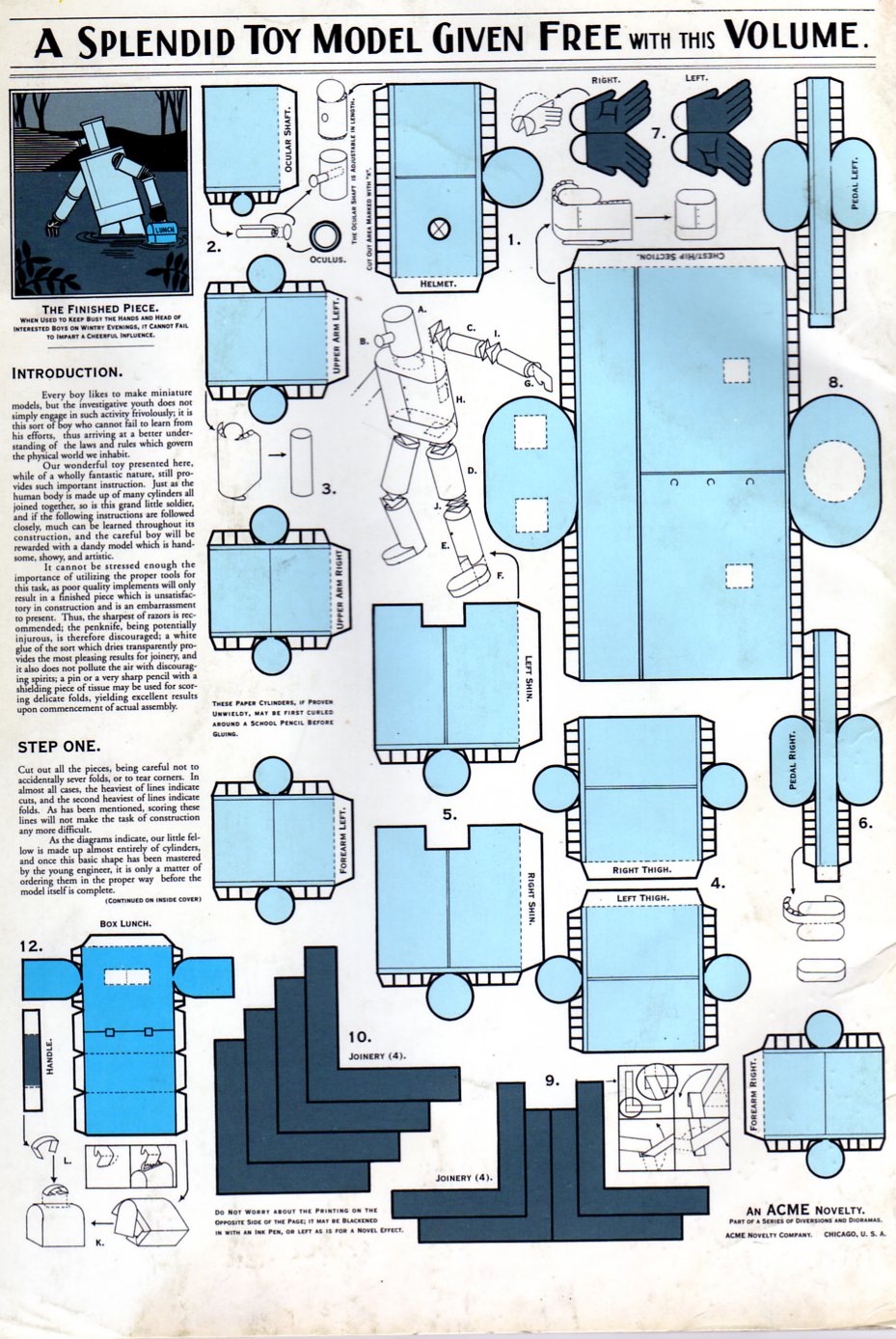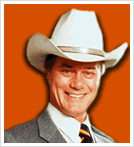The Who came to Leeds in 1970 with the specific purpose of capturing the power of their live show for an album. They were fresh from a US tour that had made them a huge draw there (...). The band had recorded hundreds of hours of performances, with the intention of culling a live album from the tapes, something that would convince the UK there was more to them than just another 1960s band hanging around and overstaying their welcome.
But they were too lazy to listen to the American tapes - in fact, legend has it that Townshend instructed a roadie to burn them. It was easier just to schedule a show at a smallish UK venue - the refectory - and record that.
From that night, clad in a brown paper sleeve that made it look like a bootleg, came the definitive record of the Who in their pomp: Live At Leeds.
(...)
The crowd that night were crammed in. The refectory is not a huge hall anyway - it's just a student cafeteria, seemingly unsuited to rock music - but it was made smaller by a partition halfway down the hall. Between the screen and the stage, 2,000 fans were piled on top of each other. It was like "the sweatiest club you've ever seen," [53-year-old Paul] Goulden [who was in the audience] says. "Because it was February, people had gone in full dress. Sweat was literally dripping off the ceiling."
To capture the event, [sound man Bob] Pridden had set up mobile recording gear in the refectory's kitchen, surrounded by the stoves and fridges, pots and pans. The technology was basic - he was working with "just a bunch of boxes. Very archaic and antique, but I think that was the secret. We did very little overdubbing. It was all raw live." To avoid sound leakage - where one instrument can be heard on the track reserved for another - Pridden used far fewer microphones than usual, with a single one suspended above the audience to capture "the ambience". His trickiest task was recording drummer Keith Moon, a violently unpredictable eruption of percussion. Pridden placed mics around Moon's drum kit, but far enough away that he couldn't knock them over or break them in a fit of destruction.
Only six of the 34 songs played that night appeared on the finished album, including a 14-minute version of My Generation, during which the band explode into snatches of other songs and innumerable tangents. Goulden remembers the moment as being like "everything was exploding. That everything you thought about music - and everything else - was being taken to pieces there and then."
But if the show was that good, why did the Who not release more of it? There were so many pops and crackles on the tape that the vast majority of the recordings were unusable (they have since been cleaned up, and Live At Leeds was expanded to 13 tracks in 1995, and 33 in 2002).
It might not even have ended up as Live At Leeds, Pridden says. "We actually recorded the following night at Hull, but the bass didn't make it on to tape. It could easily have been Live At Hull. It doesn't quite have the same ring to it, does it?"
That serendipity extended to the sleeve, which has become almost as famous as the music. The original idea had been for a live shot, but the band gave the job of taking the cover image to a 17-year-old schoolboy photographer, Chris McCourt, who had gone to the band's office to show off his portfolio. He was paid £50 and went along armed with his dad's 1959 Pentax. He found himself "gazing up at their nostrils, right next to the speakers with things going zap in my head". He says that every time he hears the Leeds sleeve described as a "post-modernist, anti-establishment statement", he shrieks. The reason for the sleeve coming out the way it did "was because they sent a not-very-good photographer who didn't come up with the goods." He now works in the furniture trade.














